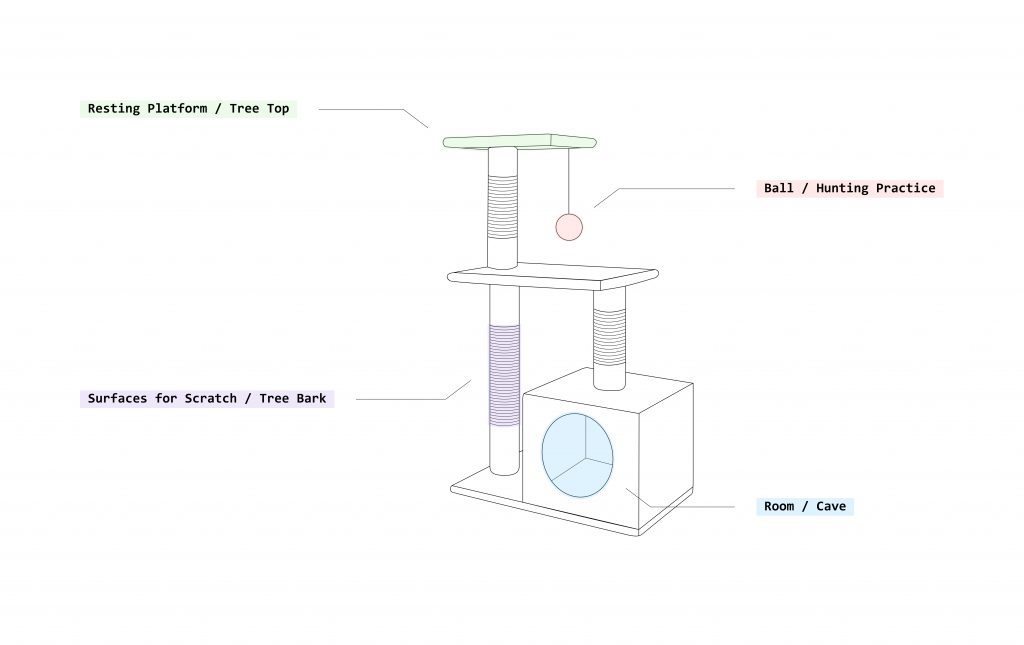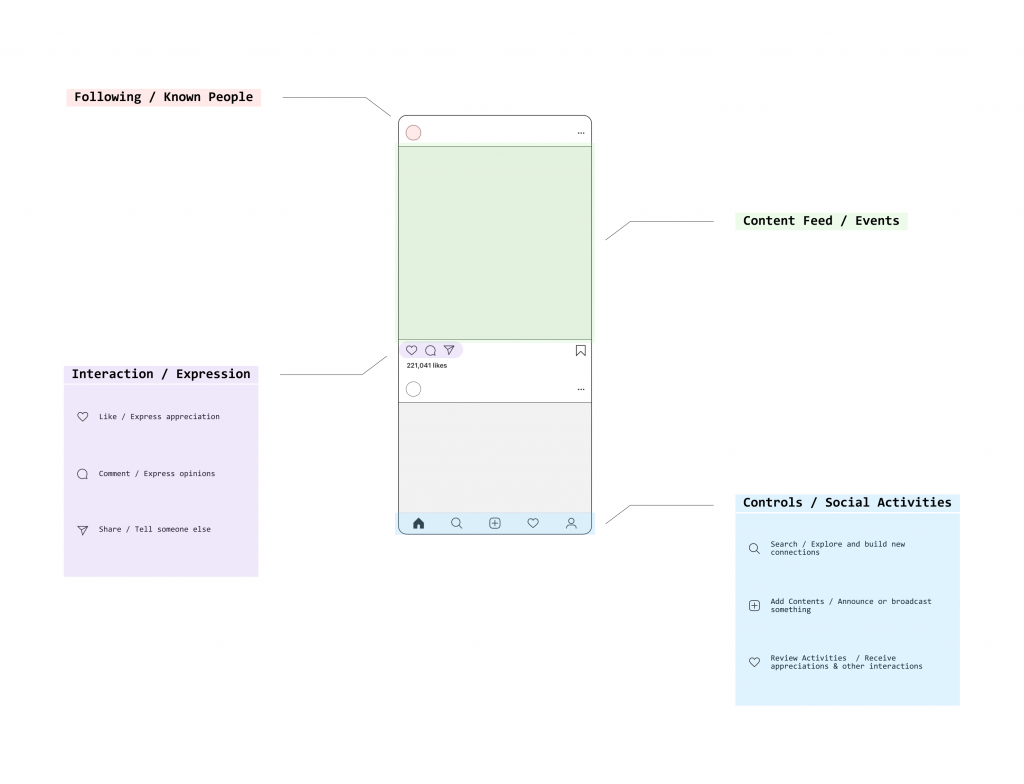I have two distinct directions for my thesis, and in this semester so far I had only explored one of them. Being stuck on one direction made me want to take a break from it. In this action, I went to explore the issues around Social Media.
Many new inventions in the past had been criticized at their birth for different reasons, famous examples being bicycle, automobile, and television. As time passed and people get benefitted from them, the initial concerns would fade away. Will it be the same case for Social Media? We don’t know yet. However, its popularity has reached further than those older inventions, while using way less time. At this time, Social Media is a changing medium, controlled by monopolies that are often marked by manipulative, dark patterns.
I want to look at how social media turns actual social interaction between human into a product. This lens has led me to think social media as a mirage for the reality. The function of social media can be compared to a cat tree, which is a mimic of cats’ ancestors living environment in the nature. Cat trees were patented by Frank Crow in 1968, Los Angelas, featuring a wooden column with several platforms. Today, there aren’t any changes to its fundamental form, but the common ones are often covered with soft materials, with fluffy toys hanged by a string.

To make the comparison, I took apart the components of a common cat tree and illustrated the function of each component. The industrialized product looks nothing like a real tree, but provides a range of features to support behaviors of a cat. The resting platform imitates tree branches high above the ground, allowing cats to sleep and relax; The hanged fluffy ball looks like a mouse that cat likes to chase and play with; Rough surfaces made with nylon ropes fulfill the cat’s need to scratch; A darkened space for cats to hide, just like in a tree-hole or cave. These behavior-oriented designs provides a healthier environment for house cats by catering to their needs – resources and structures that used to be scarce in a human living space.

The same behavior-based design also happens in social media, but in a much more complicated sense. Our natural instincts to socialize and connect are made into virtual interactions, represented by buttons and user interfaces. Similar to cat trees, we feel content when our social needs are met. However, after making the illustrations, I realized one of the biggest difference between social media and a cat tree, is that social media goes beyond just meeting our needs. The platforms would change our behaviors based on the company’s need, for instance, to profit. Knowing this sad fact is helpful because it points me a direction for my later researches, which is to see through social media’s manipulation and return it to a tool for functions that we intended to use.